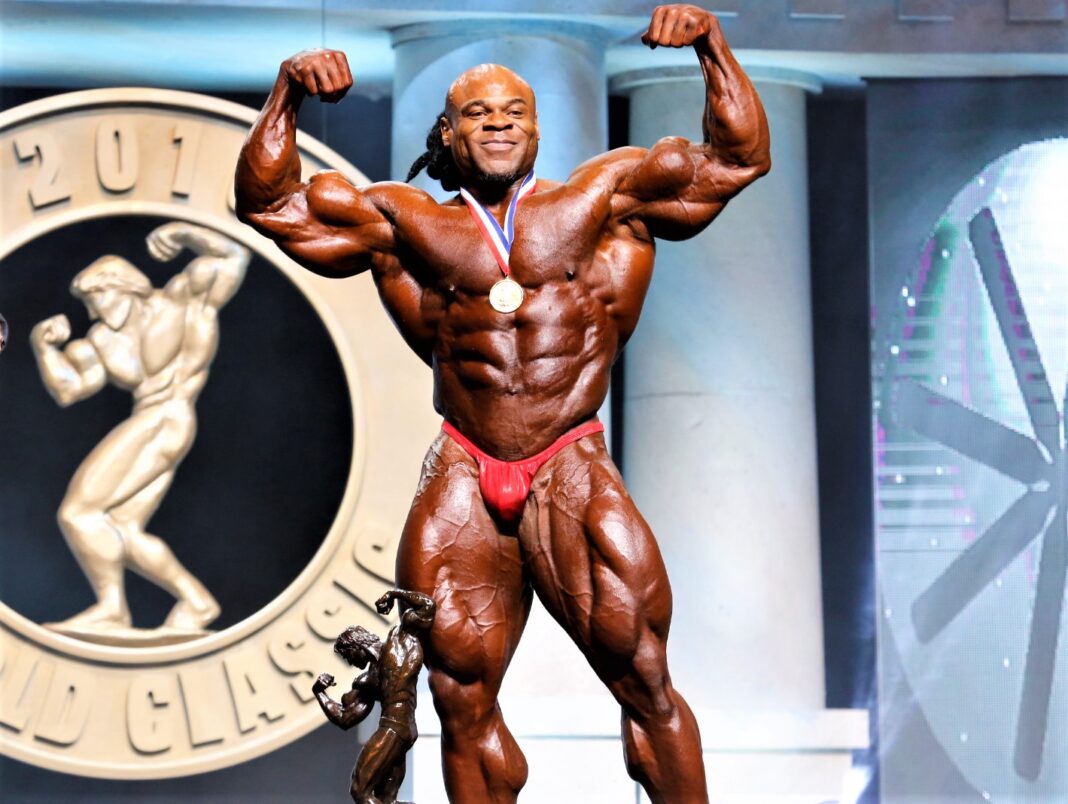How did Kai Greene train when he was the world’s second best bodybuilder and trying to become number one? The enigmatic Greene—three-time American Arnold Classic champ and three-time Mr. Olympia runner-up—is a true original. From his avant-garde posing routines to his traumatic childhood to his outlandishly muscled physique, he’s always gone his own way. And this is frequently true of his workouts, as well, which sometimes combine diverse bodyparts and feature unique exercises. From 2012-14, when Kai Greene was very near the summit of bodybuilding (finishing second in the Mr. Olympia all three years), I wrote his column for FLEX magazine. So, during that time I conducted a series of sometimes sprawling but always interesting interviews with Greene. He was focused as much on the mental aspects of training as the physical part. What follows are his 10 best training tips culled from those interviews. — Greg Merritt
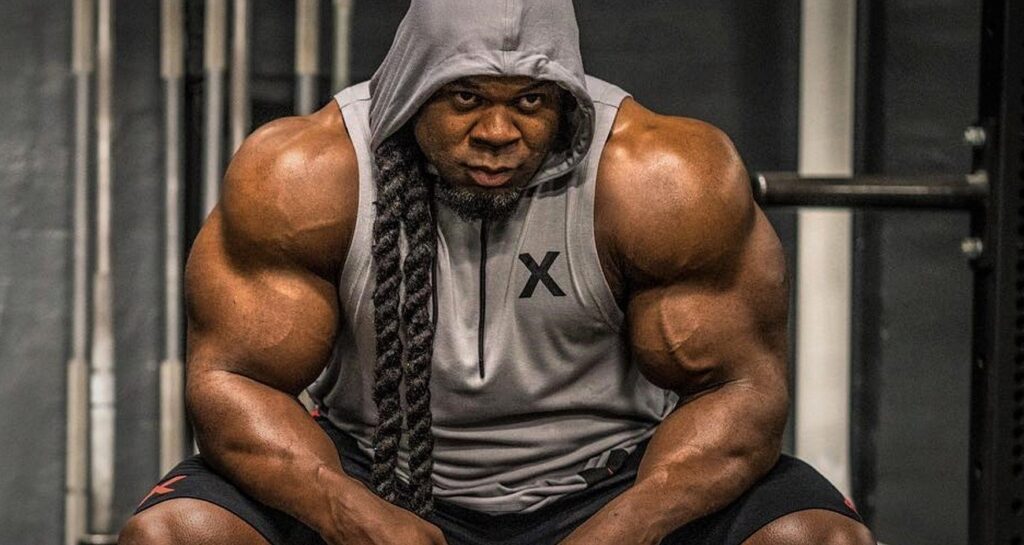
1. VISUALIZE SUCCESS.
“The trick is being able to see yourself going beyond what you’ve done before, and that requires the thinking of a visionary. This isn’t something that just comes to you. You need to form habits of positive thinking and visualization. At every chance you get you need to visualize yourself succeeding, whether that’s in your next workout or your next set or your next bodybuilding contest. Develop these habits, so when you pick up the weight next time, you’re not thinking this feels like a weight I can only lift for two reps. You’re already thinking I can lift this 15 or 20 times because I’ve seen myself doing that over and over again in my mind. These things may sound abstract, but they’re not. They’re tools you need to develop and then utilize to gain control of your mind and your body. These are the keys that unlock your future self and your true potential. And the more you utilize these keys the better off you’ll be. You’ll find you’re able to push and command yourself and do things that other people would probably say are impossible.”
2. DO MACHINE PULLOVERS.
“There are some things I do for back that most bodybuilders don’t do. One is pullovers. I’ll do pullovers first in my routine to pre-exhaust my back. Pullovers don’t involve the biceps, so it’s more focused on your lats. So I’ll do these on a Nautilus pullover machine or at a pulldown station [with straight arms] first and then move on to pulldowns and rows, exercises that work the back but also involve the arms.”
3. DO JEFFERSON SQUATS.
“You don’t see many people doing Jefferson squats anymore, but I think it’s an excellent movement because it works your lower body in a unique way. Take a wide stance and hold the bar between your legs with one hand in front of your body and one hand behind. Keep your glutes tensed the whole time while you squat down in the bucket [below parallel]. Use smaller plates on the bar, no more than 25s, so you can get down deep enough. The key is to force your knees out. The better I became at doing Jeffersons the more proficient I became at squatting. I learned how to activate my qlutes, hams, and quads better. Doing Jeffersons and the adduction machine one after the other has been crucial to my glute and hip flexor development. Jefferson squats—that’s one of my secrets that I’m giving away for free.”
4. GET IT DONE.
“You have to remember that I’m the guy who started his bodybuilding career doing pushups and pullups in a government institution and eating whatever kind of slop they fed us. The struggle for me in the beginning was just getting in to a gym and being able to afford to go to a gym. So to me it’s not about the intricate details. It’s about being around the right people and finding the right inspiration and dreaming and believing in what you can achieve. Those are the most important things, those will motivate you to put in the work. The honest desire to get it done is the most important thing in this journey when it comes to achieving the best physique you can achieve. So I’m not trying to be evasive if I don’t give out details. In truth, I’m cutting out the middleman and telling you what to focus on. Do you want to stare at the finger that’s pointing you in the direction you need to go, or do you want to just go in that direction and find out what works best for you along the way? If you see the direction to go, get at it. Let’s go!”
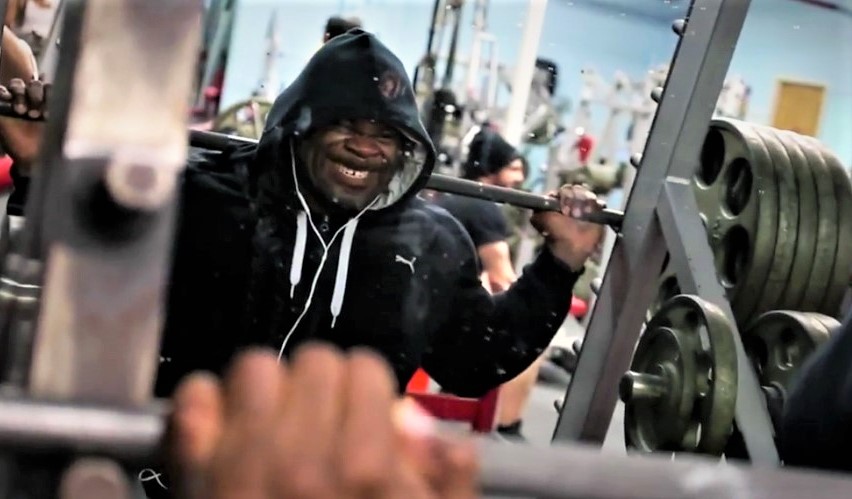
5. BUILD A TRAINING MINDSET.
“I developed my training mindset enough that it became a habit, and that allowed me to lock in each time I walked in the gym to do what I needed to do with the intensity I needed to bring. The best way to do this is to go through the same routine every time before your workout: eat the same foods, drink the same pre-workout drink, condition yourself mentally and physically to know when it’s workout time it’s time to get it on. That way, whether it’s six in the morning or ten at night, mentally and physically you’re conditioned to put everything into your workouts. It’s like anything else in bodybuilding, you have to develop a routine and then stick to it over and over again.”
6. DO THE BARBELL BASICS.
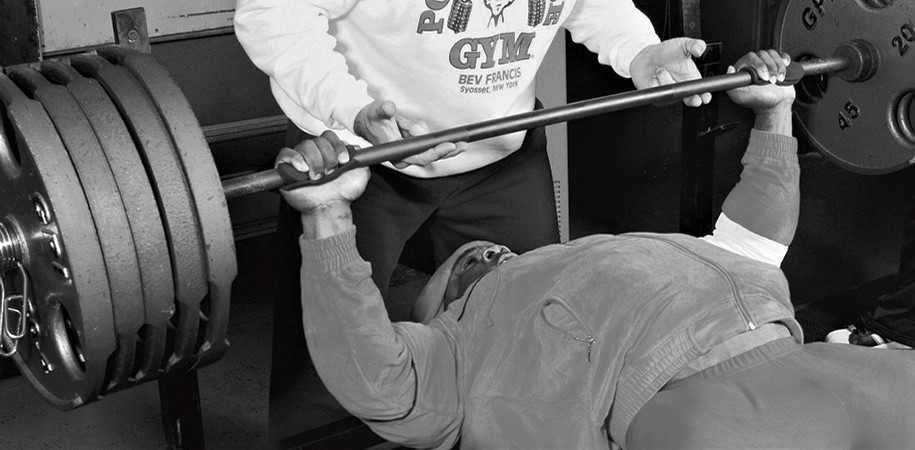
“Most guys by the time they get to the Olympia stage have stopped doing barbell bench presses. They rely mostly on machines for presses. I’ve always done barbell bench presses and barbell incline presses, and I still do them. People see me bench pressing with 500 pounds and think I’m going to injure myself, but that 500 pounds is a weight I can use for six reps or more and with good form under strict control. Bench presses were what built the chests of Arnold Schwarzenegger and Franco Columbu and all those guys and lots of champions who came afterwards, like Lee Haney. They never had any pec tears or any major injuries. I think there’s a certain quality of muscle, a certain density, that only comes from basic exercises like bench presses, barbell rows, and squats. So they’ve always been a part of my routine.”
7. DO FULL-BODY WARM-UPS.
“Don’t think of your body as a collection of parts. Your body has to work together as a unit whether you’re doing a squat or a posing performance or just walking to the store. Before I begin my workout, I do a series of stretches and exercises to warmup and stretch out and prepare the muscles and tendons for work but also to work my entire body as a unit and get the blood flowing throughout my whole body. If you have, for example, a back workout, and in that workout you only do back exercises and back stretches and then the next day you have a chest workout and only do chest exercises and chest stretches, you never bring your muscles together to work cohesively. Your physique becomes just a collection of parts instead of a complete work of art.”
8. TENSE YOUR HAMSTRINGS.
“As far as direct hamstring exercises, I do leg curls and stiff-leg deads. I do them slow and under careful control. I keep my hams tensed throughout. I also do them for higher reps, usually 20 per set. With hamstrings, you really have to have a very strong mind-muscle connection, because it’s hard to see them working. You have to feel them working from a full stretch to a full contraction on every rep. Most people try to rush through the reps so they can use more weight, but they’re not connecting with their hamstrings and getting those strong contractions.”
9. DRAG SOME CURLS.
“People try to out-think biceps training with a lot of fancy cable and machine exercises. It’s a basic muscle. It just needs basic exercises. I don’t think anyone has created better tools for working the bi’s than dumbbells and a barbell or EZ-curl bar—the same tools Arnold Schwarzenegger and Sergio Oliva and Lou Ferrigno, all those guys, used, and they had huge arms. I like to stick mostly to exercises that use those free-weights tools: barbell curls, seated dumbbell curls, concentration curls. I often do the barbell curls different than most people. I feel more of a contraction in my bi’s when I do a drag curl. I don’t curl the bar out in front of my body. Instead, I keep it close to my body and raise it up. But I’ll do it both ways. I will sometimes do 10 reps of drag curls and five reps of normal, barbell curls.”
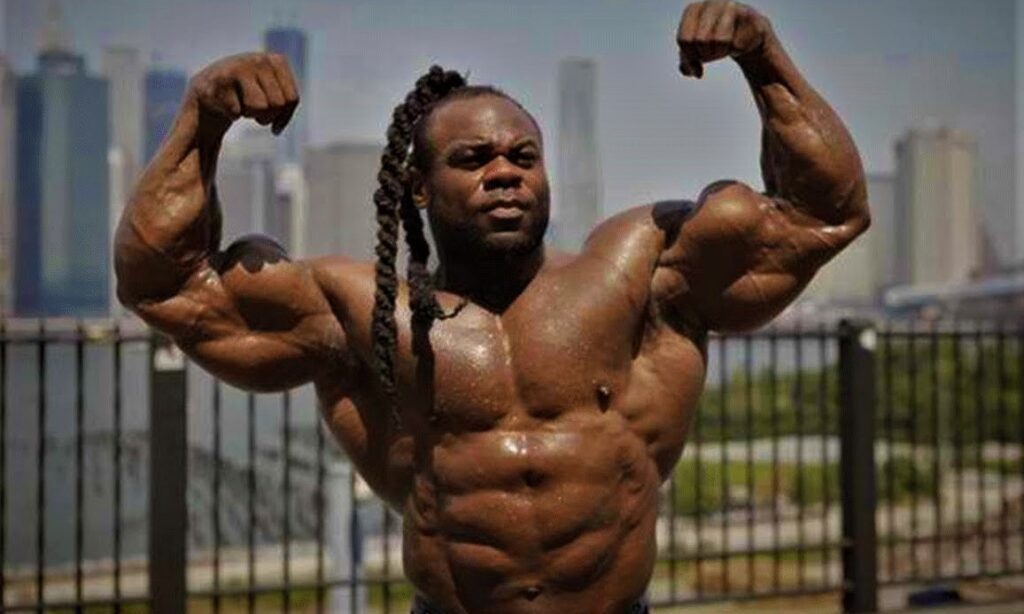
10. CREATE YOUR OWN REALITY.
“You can be your most powerful ally or your own worst enemy. I needed to find out for myself how to utilize my mind to affect my body. Bodybuilding has been a vehicle for me to understand how everything that I imagine and truly visualize I can then create and turn into a reality. I am more in control than I gave myself credit for. I am not a victim of circumstance. Everything that happens in my life is not because there’s something wrong with the world. The body I have today is proof positive that I can create my own reality. If I apply the right amount of effort over the right amount of time, I can create the end result. What I dreamed about when I started out bodybuilding I was able to create. We all can do this. If I can do it—some kid from a group home in Brooklyn who had nothing, no advantages—we all can do it. And it doesn’t take some magic formula. The lesson is we all have the power to change ourselves, and that power resides in our minds. First, we dream. Then we believe the dream—truly believe. Then we go about making that dream a reality.”
Related: Exclusive Photos: Kai Greene sketches his posing routine



































